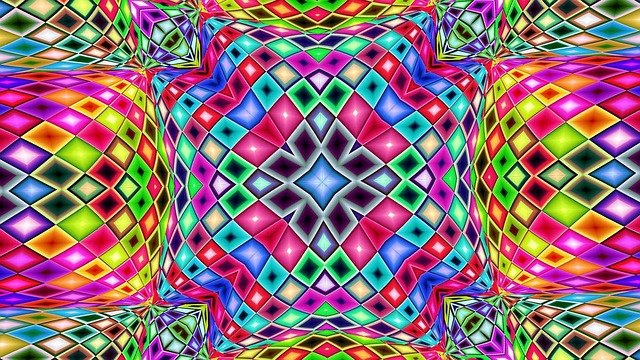
The daily life of the native Amazonian indigenous peoples is built on a very particular cosmogony, in which human life is closely interrelated with nature.
In several Amazonian cultures, such as the Shuar, in the Ecuadorian Amazon, there is a vital and vitalizing force called arutam , which is present everywhere: in the human being, in nature, giving meaning to the trinity cosmo-earth-human being.
These cosmovisions are expressed in legends, which are transmitted orally from generation to generation, involving plants, animals, water, earth, fire, wind, in a continuous relationship with human beings. For some unwritten peoples, the cosmos is a progressive event that has man at the center, as if he were the navel of the world (Wong-Robles, Arbeiza-Gonzales 2010), relating him to the elements of his environment, the fauna, the flora, the waters.
When man sees an animal as a replica of himself, it is a belief that is inscribed in the animalismWhen spirits take on the appearance of animals or it is recognized that animals or plants or elements of nature have souls, it is referred to as animism.
In many Amazonian cultures, such as the awajún In many Amazonian cultures, such as the Awajún, oral memories recount the exploits of great characters creating figures of gigantic or extraordinary dimensions to leave a lasting imprint of their way of imagining the world. This is the case with cultures of oral tradition.
The oral word has a great strength in these cultures, especially in the narration of their myths, to be able to relate to the sacred and what has value to face the worries of existence.
Primary and secondary orality
Sukhov (1968) distinguishes between primary orality and secondary orality. The memory of primary orality is used by unwritten cultures, while secondary orality is used by cultures with writing, and that have had degrees of development as it happens with the evolution of communication systems.
Primary orality is transmitted by word of mouth from one generation to the next, and is characterized by its own syntax, global knowledge and transmits its wisdom through the accumulation of ancestral knowledge.
In these oral transmissions, through legends, certain animals frequently appear, such as the jaguar, the boa and the anaconda, the bat, the pink dolphin, or plants such as ayahuasca, guayusa or coca, which are master or sacred plants.
Myths about ayahuasca
Ayahuasca, yajé or yagé, for example, appears directly or indirectly in the myth.
Directly in several legends, of which we will present only one, shared by the Desano and Tukano peoples, both Amazonian peoples residing on the banks of the Vaupés, or Uaupés, and Negro rivers, which are located on the borders between Colombia and Brazil.
The Desano and Tukano groups are related, and correspond to patrilineal and exogamous groups. They share a common mythology in which water and the anaconda play a key role in their conception of the world, and the sun is the father creator of all things (energy, water, air and earth).
The yagé and the anaconda in the Amazonian myth of the origin of the universe.
In the creation myth of the Desano, at the beginning of time the Anaconda-canoa ascended the rivers to establish humanity and distribute it on Earth.
December 14, 2019
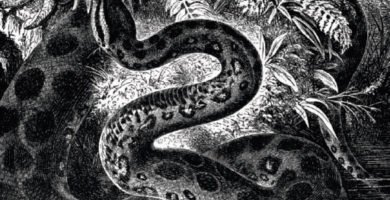
The anaconda in some Amazonian myths and the origin of the Universe
The yagé woman left the maloca and became pregnant, giving birth to the yagé wine in the form of a child, who cut her umbilical cord (Reichel-Dolmatoff 1975).
A sacred plant that helps solve a crime
Ayahuasca also appears indirectly in some legends.
The Awajún or Aguaruna live along the border between Peru and Ecuador, in the upper Ucayali area, touching Peruvian regions such as Loreto and Madre de Dios.
One of the animals that plays a very important role in their founding myths is the bat.
Legend has it that there was a giant bat named Aetsetseu who lived in the jungle. He killed people and cut off their heads, but people didn’t know who killed them.
To find out, they used a sacred plant, in order to acquire supernatural forces to discover the murderer. Under its effects, they found the “cutter” of the heads to be Aetsetseu (Wong-Robles, Arbaiza-Gonzales 2010).

Dr. Rafael Cartay is a Venezuelan economist, historian, and writer best known for his extensive work in gastronomy, and has received the National Nutrition Award, Gourmand World Cookbook Award, Best Kitchen Dictionary, and The Great Gold Fork. He began his research on the Amazon in 2014 and lived in Iquitos during 2015, where he wrote The Peruvian Amazon Table (2016), the Dictionary of Food and Cuisine of the Amazon Basin (2020), and the online portal delAmazonas.com, of which he is co-founder and main writer. Books by Rafael Cartay can be found on Amazon.com
Related Posts
January 22, 2020
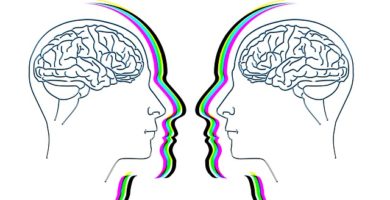
3 scientific studies on ayahuasca
January 16, 2020

4. Great naturalist scientists in the Amazon Rainforest (18th to 19th centuries)
November 28, 2019
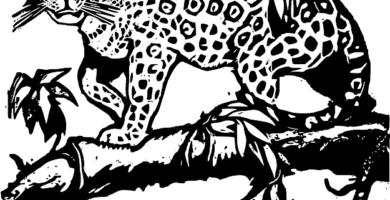
Amazonian Indigenous People Cosmovision – Beliefs, Taboos, Myths and Legends
November 27, 2019
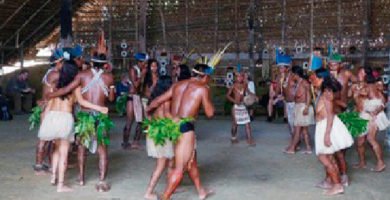
13 Typical dances of the Amazon (videos, music and movements)
November 17, 2019
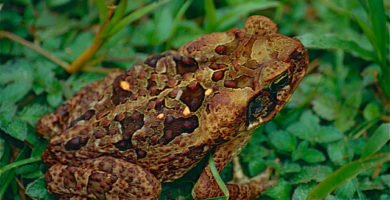
Cane Toad / Giant Toad (Rhinella marina)
November 17, 2019
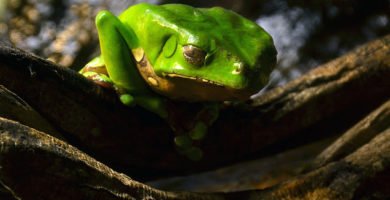
Kambo (Phyllomedusa bicolor)
November 5, 2019
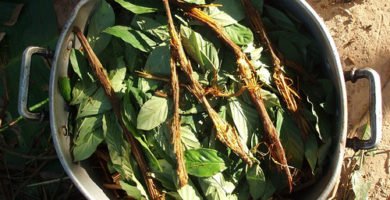
Ayahuasca – Rites, myths and truths behind Yagé and Chacruna
October 19, 2019
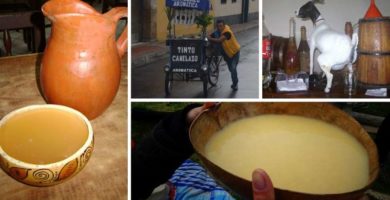
Amazon Rainforest Drinks
This post is also available in:
![]() Español (Spanish)
Español (Spanish)
